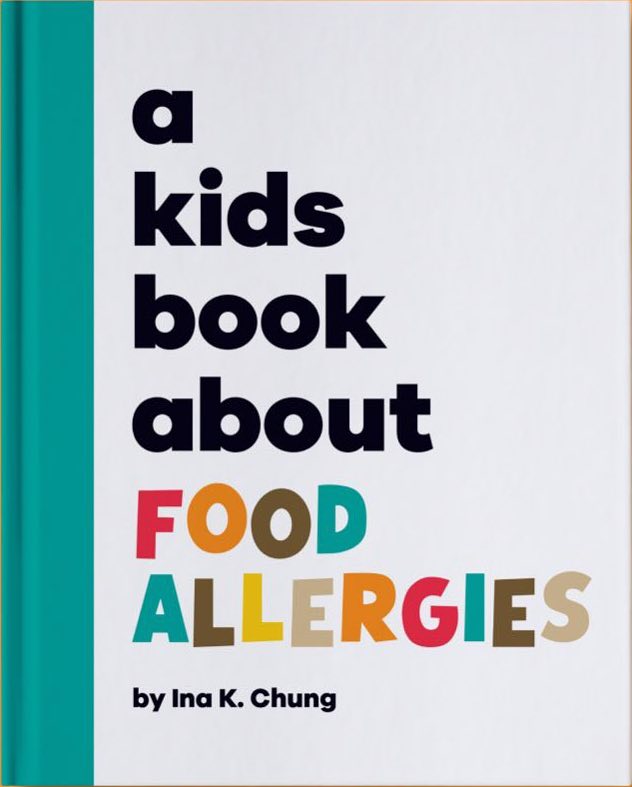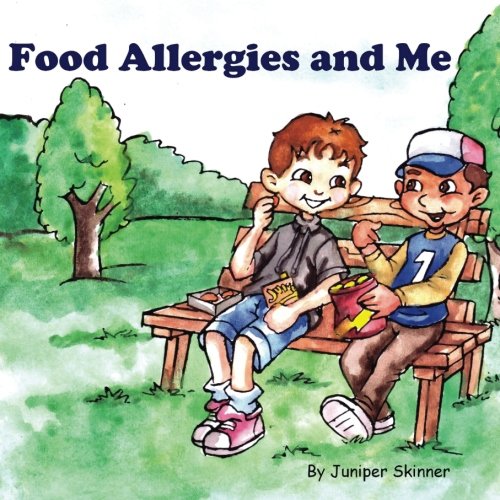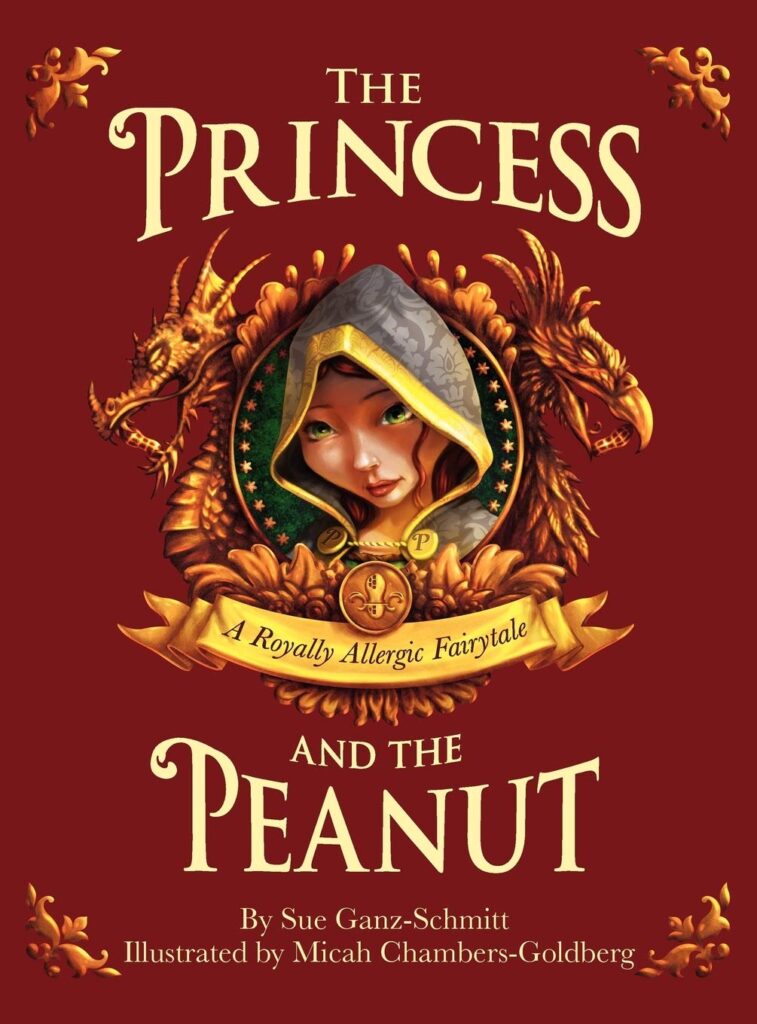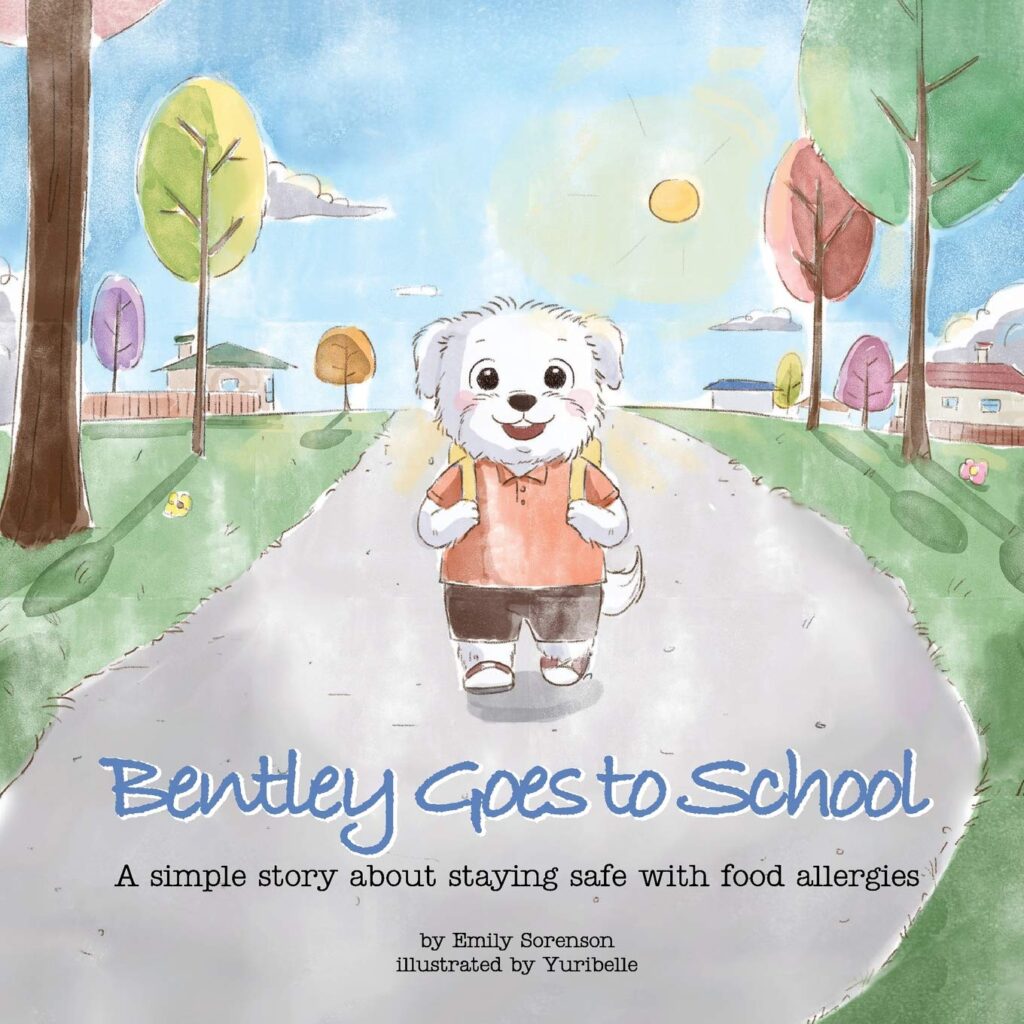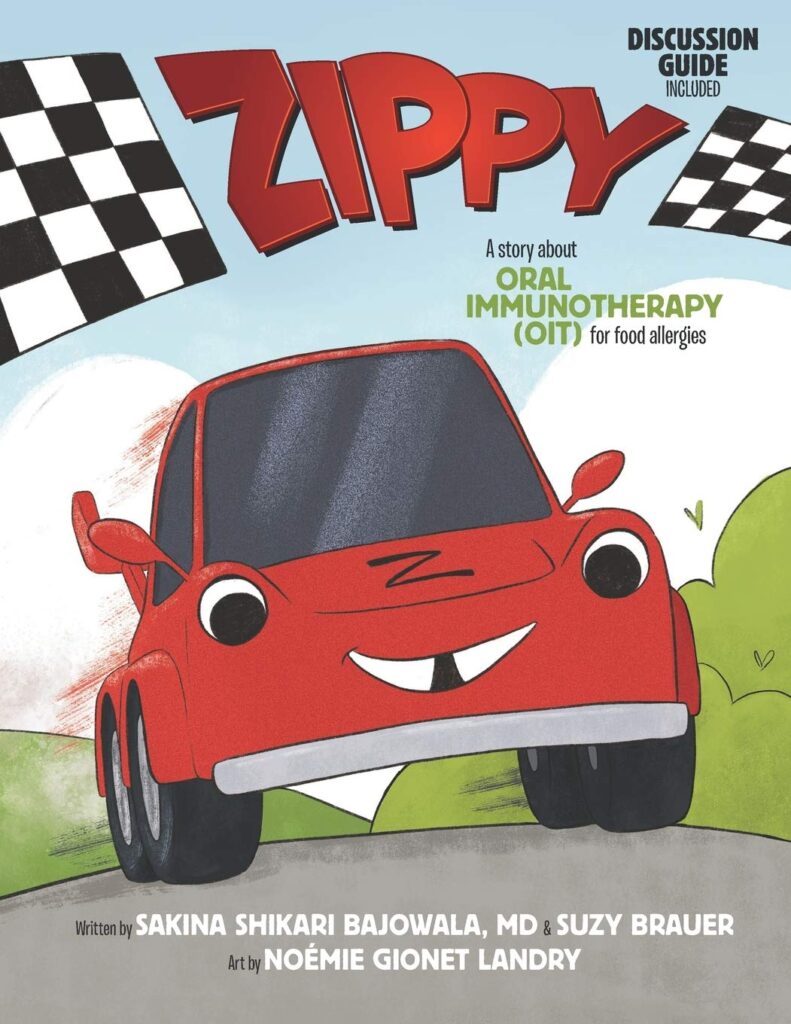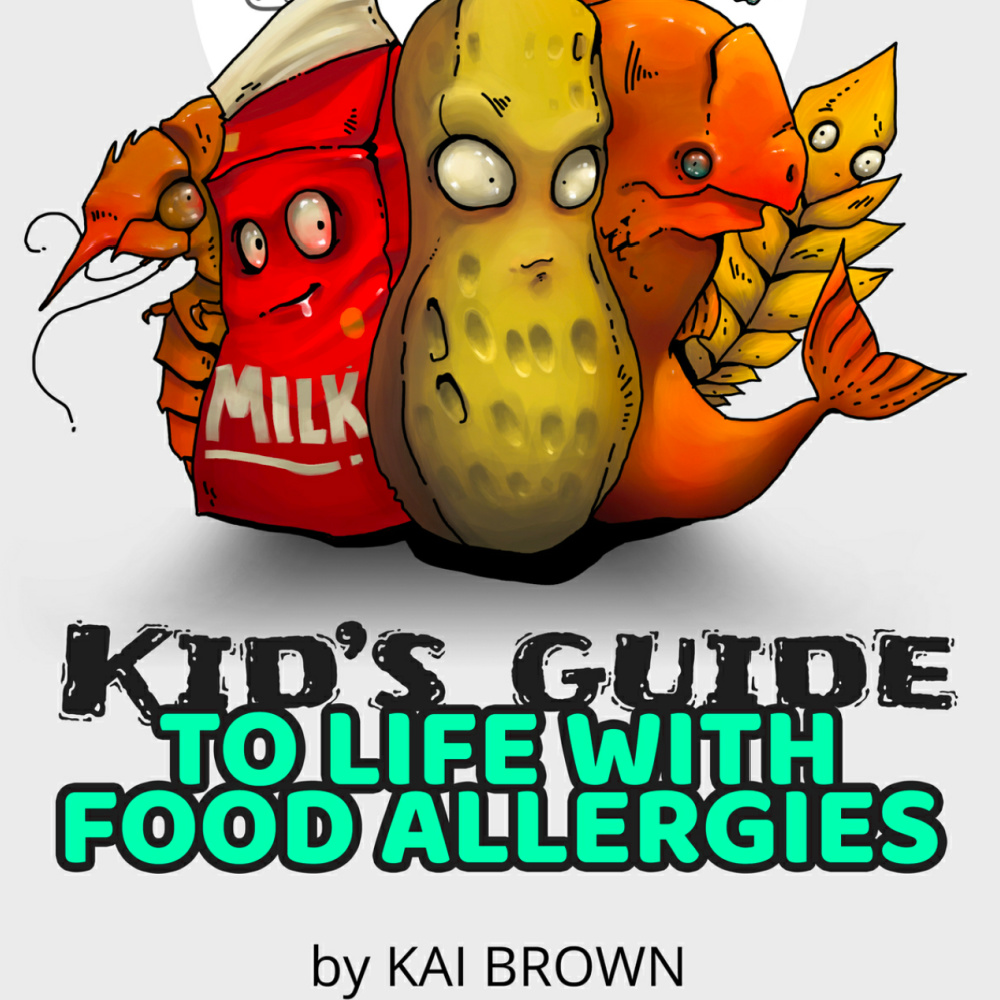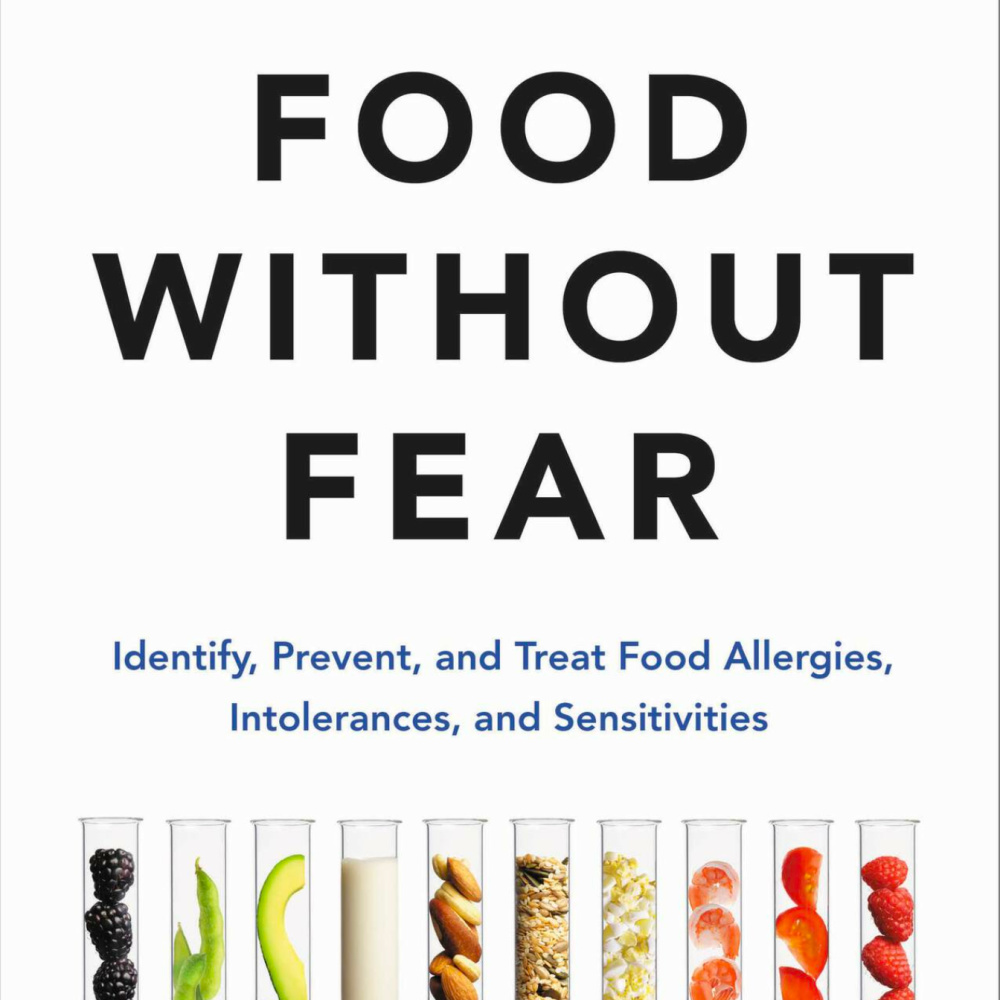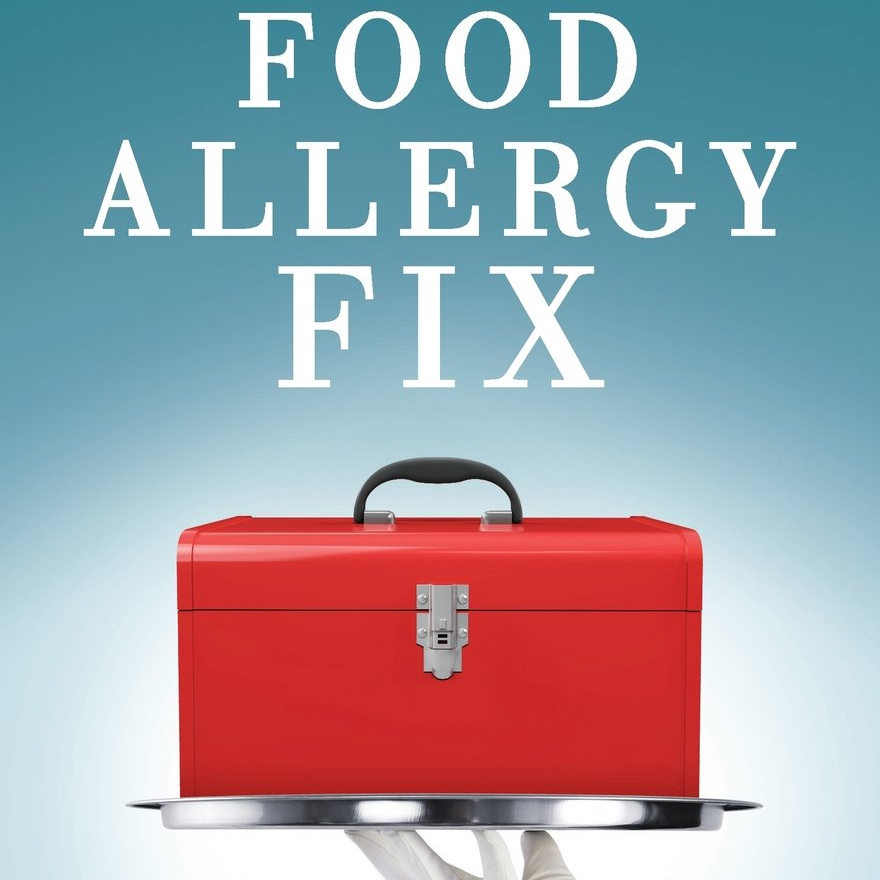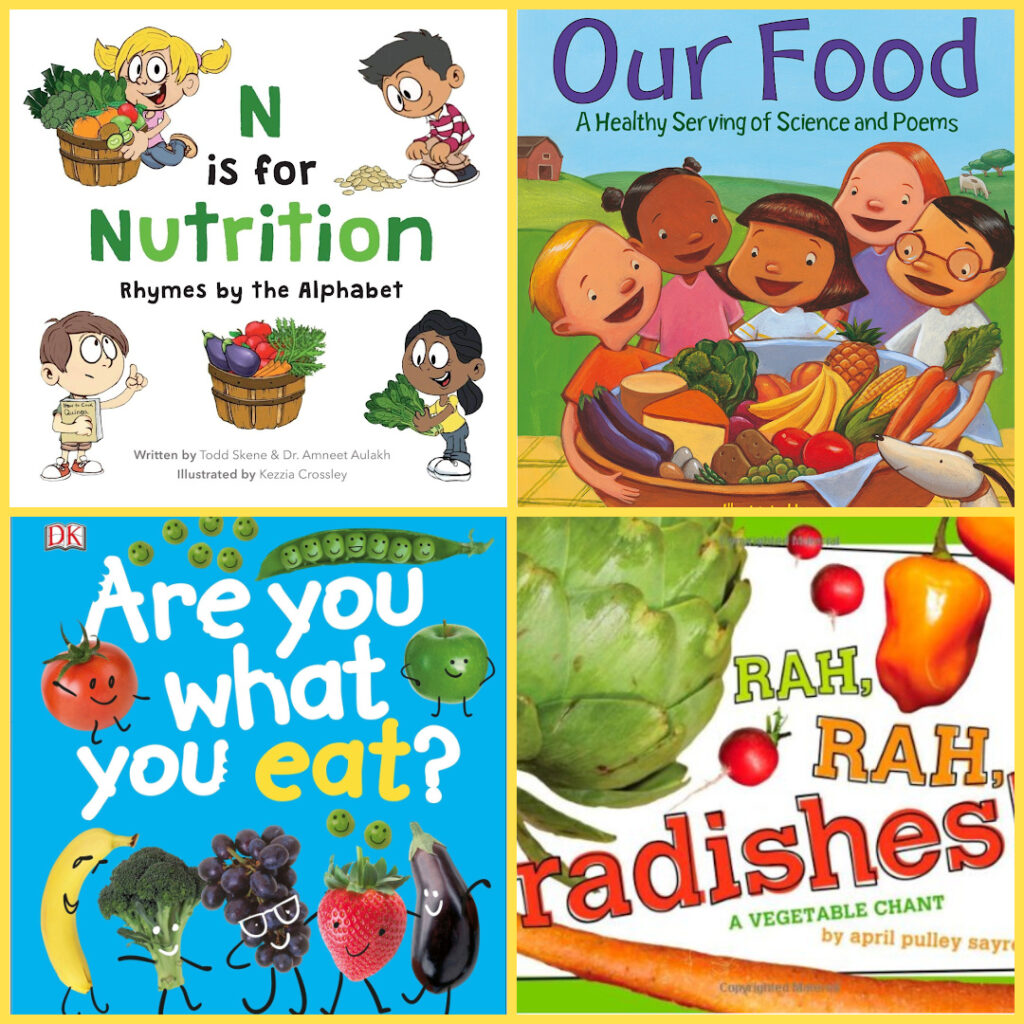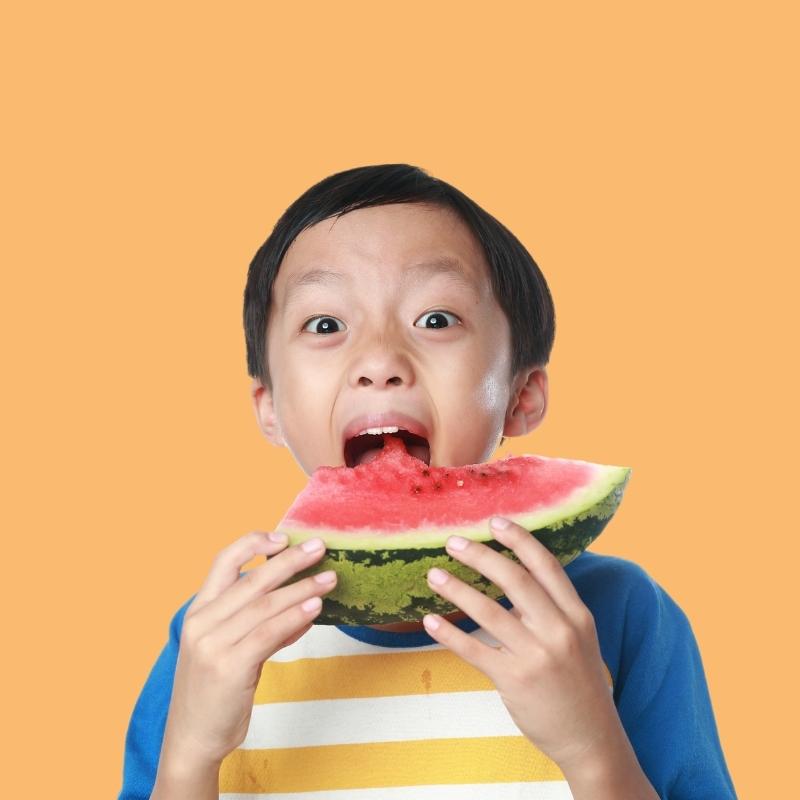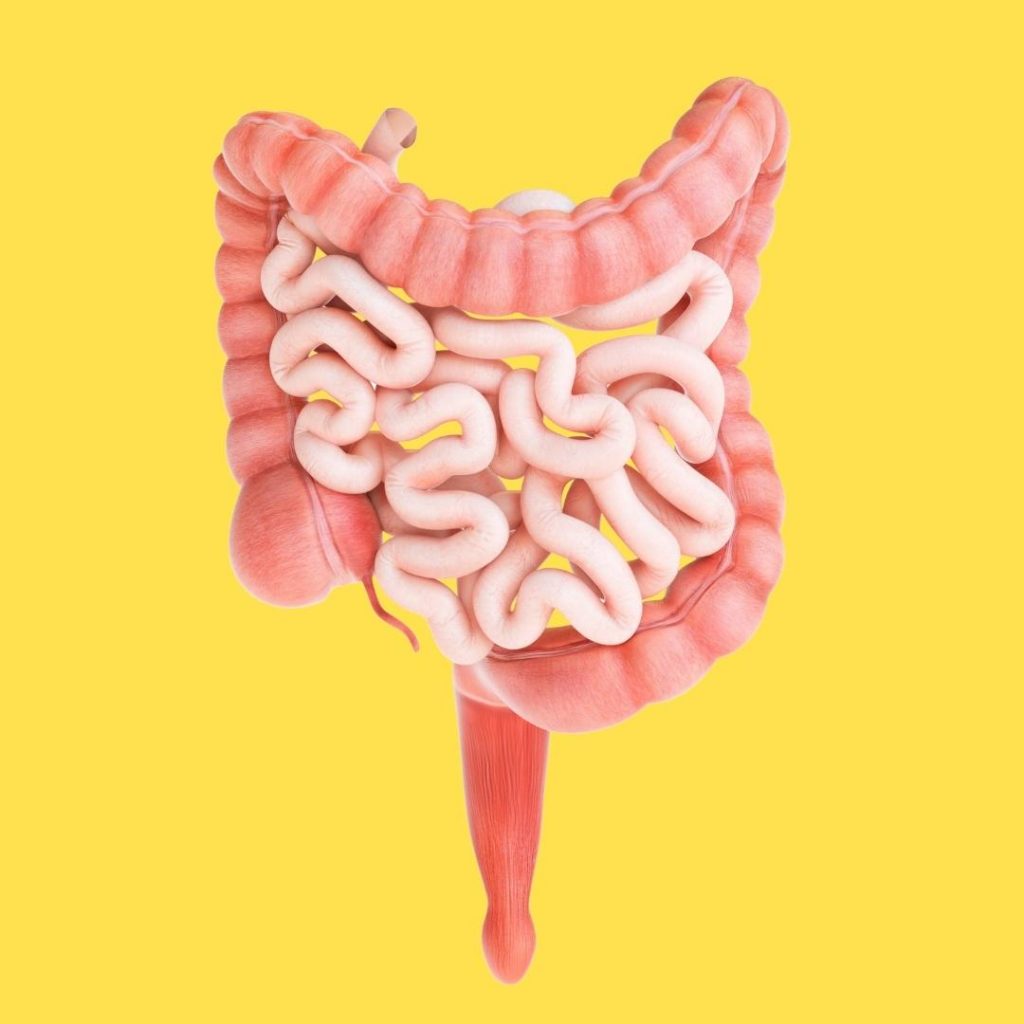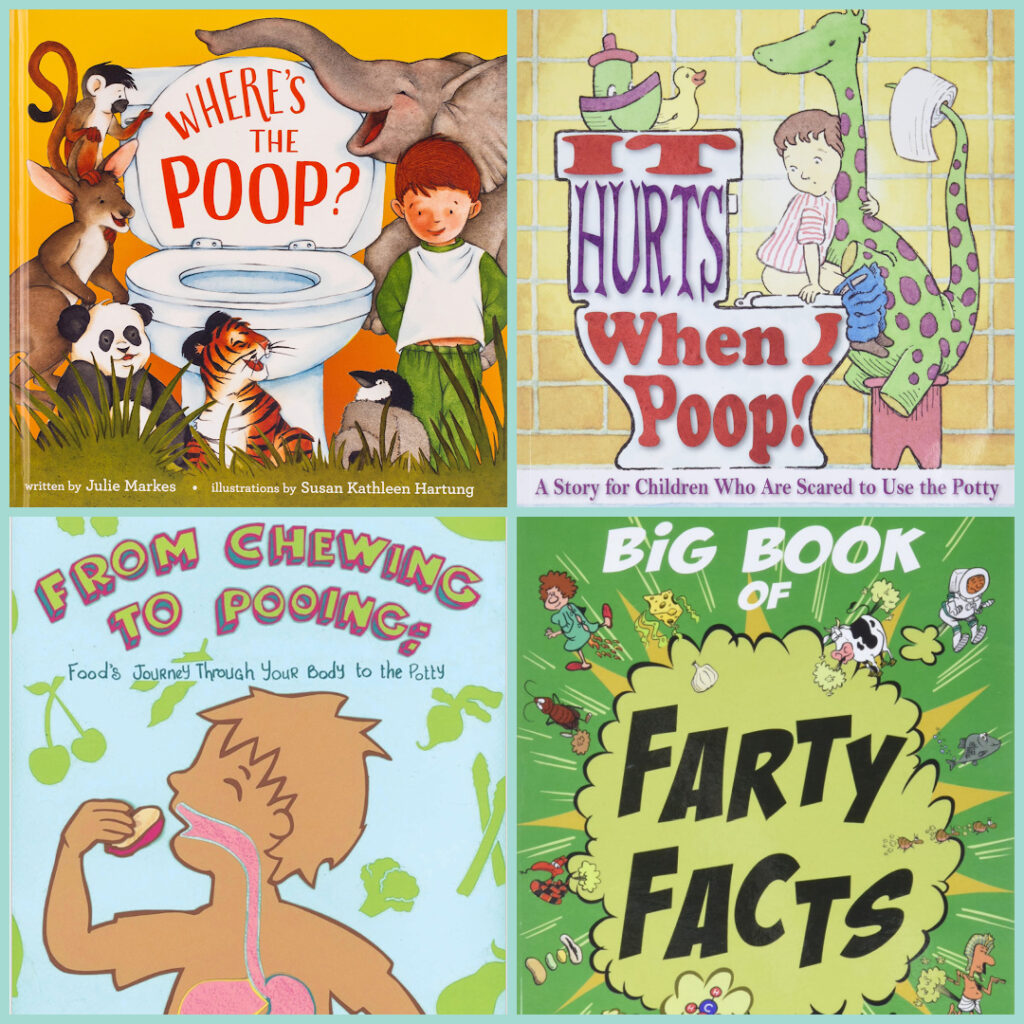10 Best Books About Food Allergies for Kids and Parents
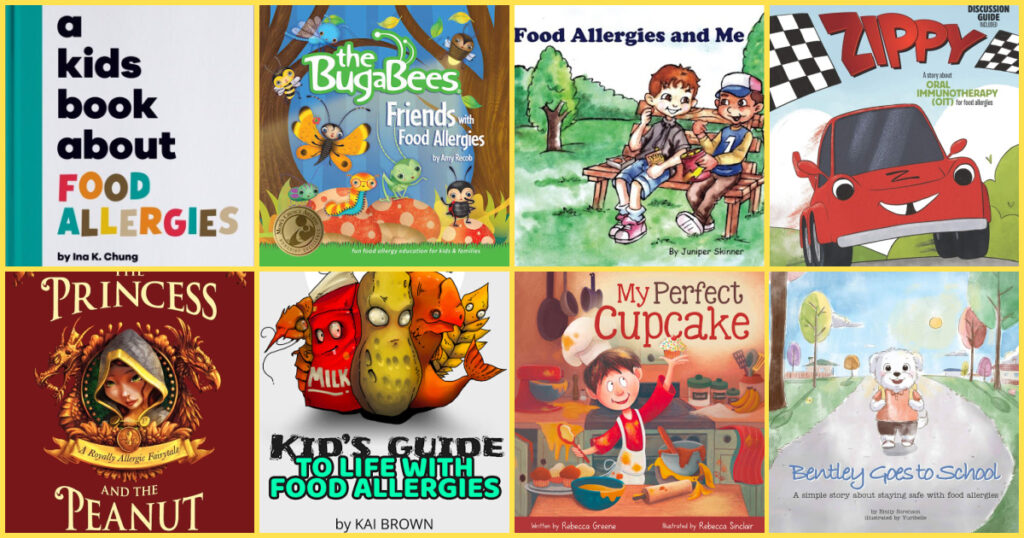
Although food allergies are common, living with the diagnosis can often feel confusing and lonely for children. For starters, food allergies are invisible most of the time. Kids usually look healthy when they avoid the food they’re allergic to, so people might not realize how serious food allergies can be. That’s why the best books about food allergies can help kids feel understood and protected.
It’s always a good idea to have at least a few children’s books about food allergies on hand, both at home and at school. These books can offer relatable stories and practical advice for managing food allergies. They teach children empathy and safety when it comes to food allergies.
There are also great books about food allergies for parents! Check out the ten best allergy books for families and caregivers below.
Best food allergy picture books for kids
When children hear about other boys and girls with food allergies, they may feel comforted knowing they are not alone. These picture books, for ages 3 and up, show different food allergies, common reactions, and social experiences.
A Kids Book About Food Allergies
Written by a loving mom of a child with dairy, egg, and peanut allergies, this book helps kids feel like they belong. It teaches what food allergies are, what symptoms can look like, what daily life looks like, and how to be safe at home and school.
My Perfect Cupcake
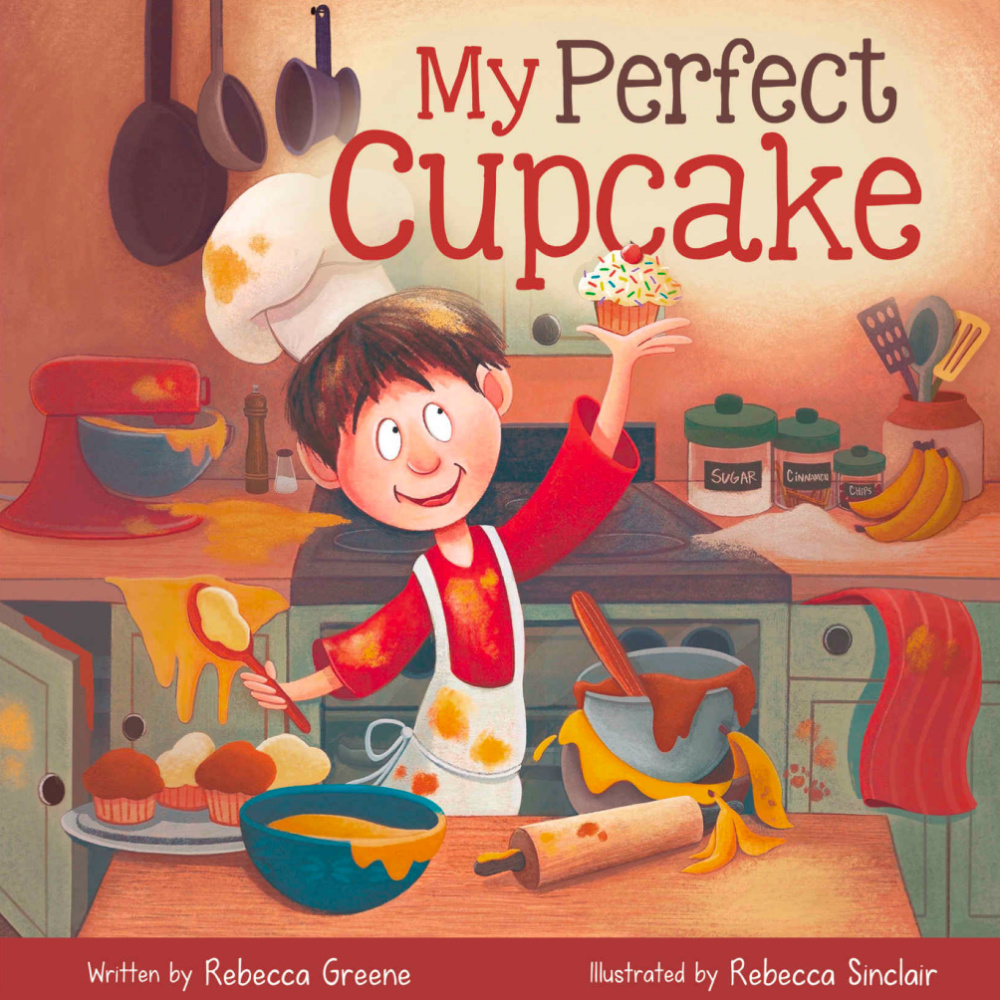
Dylan always loved picking out different cupcakes from the local bakery. One day, he suddenly developed a serious allergic reaction with hives, throat itching, and stomach cramps. This story shows how allergies can change someone’s life in an instant. It encourages readers to consider how food is prepared and to make safe recipes for people with food allergies.
Food Allergies and Me
A boy named Jack has a busy day. He goes to school, has an allergy appointment, and spends time with friends at the playground. Throughout the day, Jack is very active, but he has to be careful about his allergies. He can’t share food and needs to ask his parents if something is safe.
This book mentions several food allergies, including milk and egg, and allergy symptoms. It teaches the importance of washing your hands before you eat and washing food off your hands after you eat. It also shows that food allergies are just one important part of his life.
The Princess and the Peanut
Inspired by the traditional Princess and the Pea fairy tale, this nut allergy story is fun, light-hearted, and informative. When a princess breaks out into horrible hives and tongue swelling, a doctor immediately treats her with an epinephrine injection and rushes her to the royal hospital. In despair from her newly diagnosed food allergies, the doctor reassures, “Princesses are extraordinary, and extraordinary people have great sensitivities.” Listen to the audiobook for the full theatrical experience!
The BugaBees: Friends with Food Allergies
This light-hearted book features various types of insects. Each insect has a food allergy that causes different reactions. They talk about foods to avoid and learn about each other’s experiences. The top 8 food allergies – peanuts, tree nuts, fish, shellfish, milk, soy, eggs, and wheat – are all featured in this book.
This book is the companion to The BugyPops: Friends for All Time, which discusses how children without food allergies can support friends with food allergies.
Bentley Goes to School: A Simple Story About Staying Safe
Bentley is an adorable dog who goes to school for the first time. He begins to worry about being away from his parents and wonders how to stay away from food allergies. However, Bentley knows how to keep himself safe, and his teachers also know about his epinephrine pen. He’s excited to return to school after a fun day of activities like snack time, arts and crafts, and recess.
Zippy: A Story About Oral Immunotherapy
Zippy is a little red car who wants to drive fast like his big sister, Speedy. The problem is that he’s allergic to gasoline. When he adds gas to his car, he has an “allergic reaction,” and smoke comes out. He is exposed to small amounts of gasoline until he can tolerate it without reacting. With patience and perseverance, he can fill up his tank with gasoline. He is not allergic to it anymore!
In the back of the book, author Sakina Bajowala, MD, a pediatric immunologist, discusses oral immunotherapy in more detail. She uses the car analogy while sharing tips for discussing allergy treatment with children.
The BugyPops: Friends for All Time
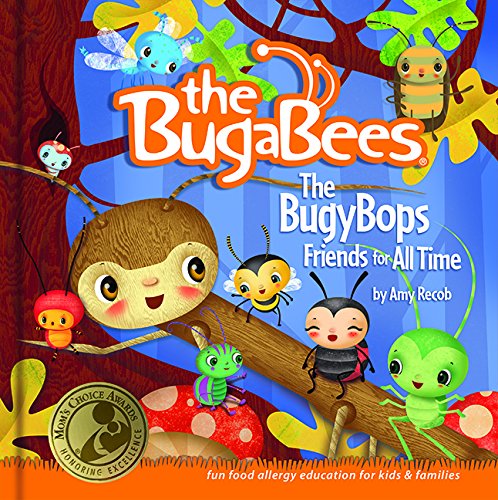
As the sequel to The BugaBees: Friends with Food Allergies, this is a heart-warming tale about all types of insects who go to school together. Many children have food allergies, but many others don’t have any allergies. Everyone learns that washing hands and reading labels are simple ways to prevent allergic reactions.
They also learn to be careful about cross-contamination, common symptoms, and epinephrine treatment. However, the most important lesson is kindness and compassion for all friends.
Best food allergy books for tweens and teens
Older children and teens are in a phase where friendships and fitting in are priorities. As such, learning about food allergies from other kids can be encouraging and helpful.
Kid’s Guide to Life with Food Allergies
In this guidebook, 12-year-old Kai Brown shares his firsthand experience with nut allergies. He candidly divulges the challenges of feeling left out and being extra careful around friends. Reflecting on his experiences with anaphylaxis, epinephrine injections, and hospital visits, he humbly shares mistakes that he and his parents made in hopes of helping others learn and prevent the same outcome.
While this book is not a medical guide, it can comfort older children, teens, and siblings who feel alone in the food allergy journey.
Best food allergy books for parents
These detailed books about food allergies are geared toward parents and healthcare professionals.
Food Without Fear
Allergist Dr. Ruchi Gupta has devoted her life to researching, diagnosing, and treating food allergies. As a mother to a child with serious food allergies, she understands the many concerns and questions that other families have. Inspired by these experiences, Dr. Gupta created this in-depth food allergy guide.
In addition, she dives into the differences between immune system reactions and other food intolerances and sensitivities. Each detail is supported by scientific research and real patient stories.
Food Allergy Fix
For decades, avoiding allergic foods was the only option. In recent years, desensitization to these foods has been a game changer for many families.
Allergist Dr. Sakina Bajowala reviews the science behind desensitization, including oral immunotherapy (OIT). She explains how treatment works and why it might give freedom from food allergies.
Dr. Bajowala also compares the pros and cons of treatment and advises on who might benefit most from this option.

